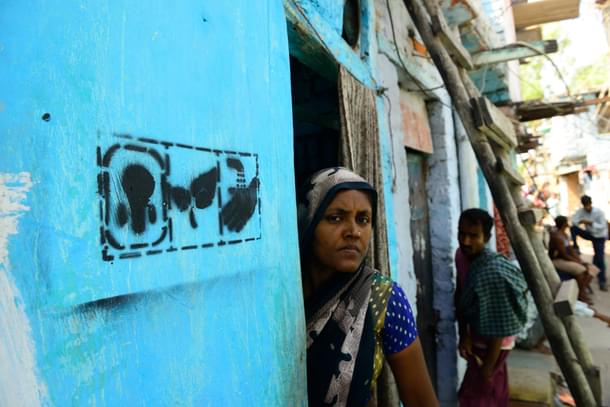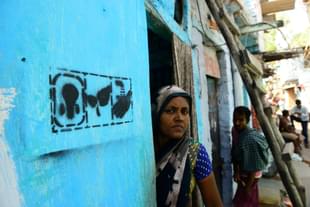News Brief
109 Million Toilets Build In Rural India Since Launch Of Swachh Bharat In Oct 2014, 95.2% Rural Population Now Have Toilet Access
Swarajya Staff
Feb 15, 2022, 09:30 AM | Updated 10:08 AM IST
Save & read from anywhere!
Bookmark stories for easy access on any device or the Swarajya app.


About 10.9 crore (109 million) individual household latrines (IHHLs) have been constructed in rural India since the launch of Prime Minister Narendra Modi's flagship Swachh Bharat Mission (Grameen) [SBM(G)] in October 2014 with the main aim to make the rural areas of the country open defecation free (ODF).
Under SBM (G), the households currently receive an incentive for construction of toilet and for provisioning water storage facility for hand-washing and cleaning of the toilet.
The Union Government conducted three rounds of National Annual Rural Sanitation Survey (NARSS) between 2017-18 and 2019-20 through an independent verification agency supported by World Bank to measure the effectiveness of SBM (G). One of the key indicators for the survey was availability of water for toilet usage. As per the results of NARSS 2019-20, 99.6% of the households who had access to toilets, had availability of water, and 95.2% of rural population who had access to a toilet, were using it.
Among the states, Uttar Pradesh build over 2.22 crore rural toilets while Bihar constructed over 1.22 crore toilets in rural households. The individual states report the number of toilets constructed in rural areas through an online integrated management information system (IMIS) of SBM
Following the success of SBM (G) in massively improving the toilet access in rural India, Modi government launched Jal Jeevan Mission in 2019 with the goal to provide functional household tap connection to every rural household by 2024.





